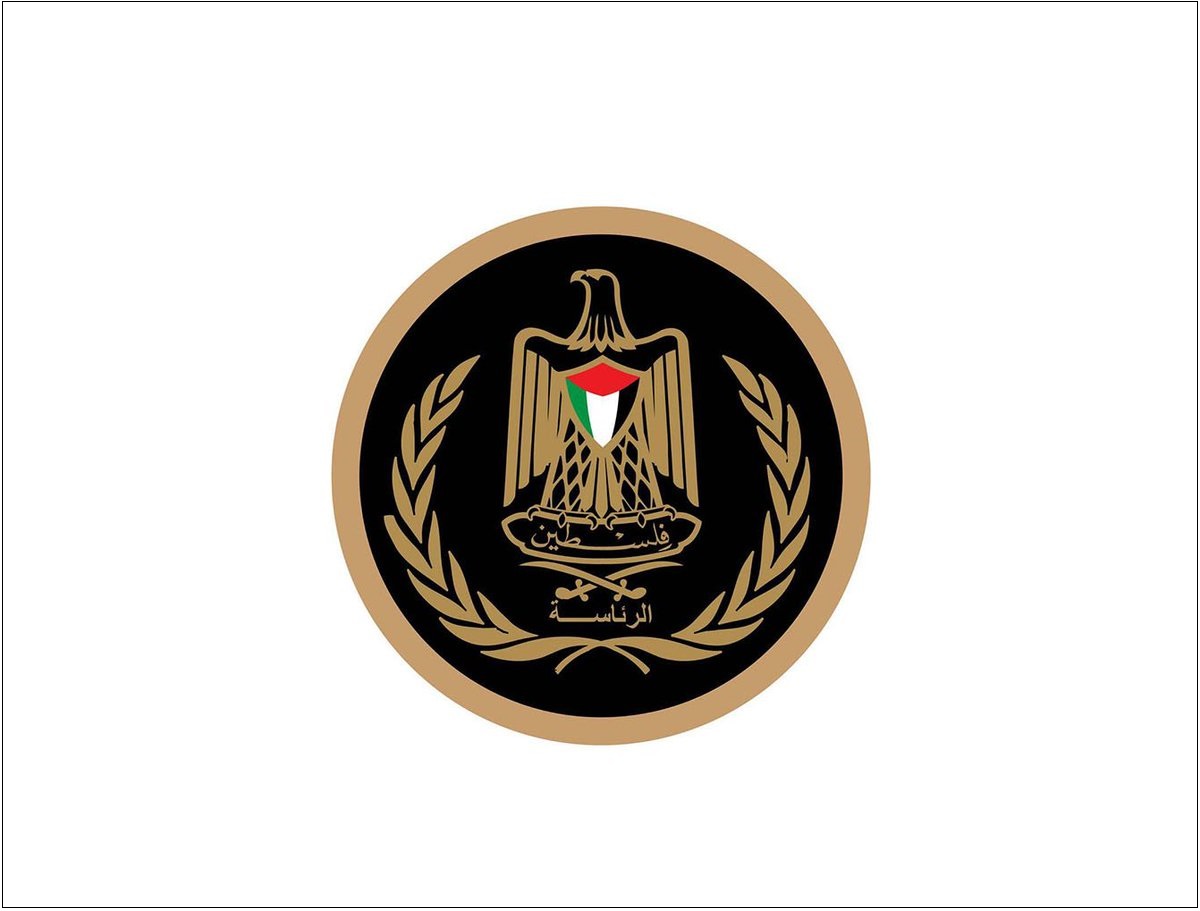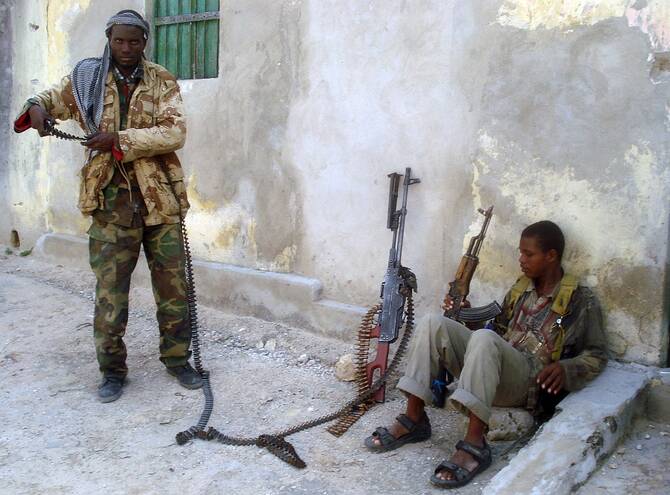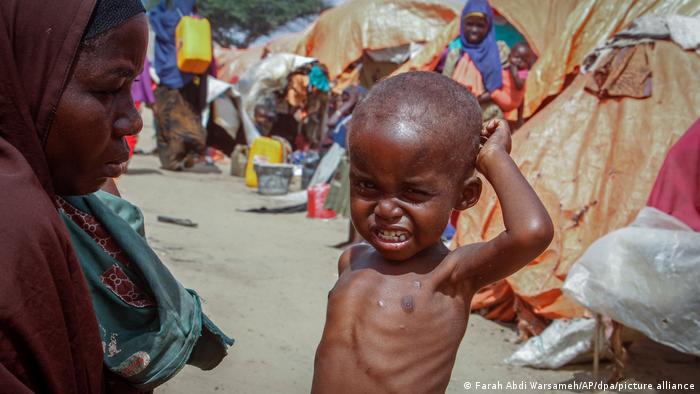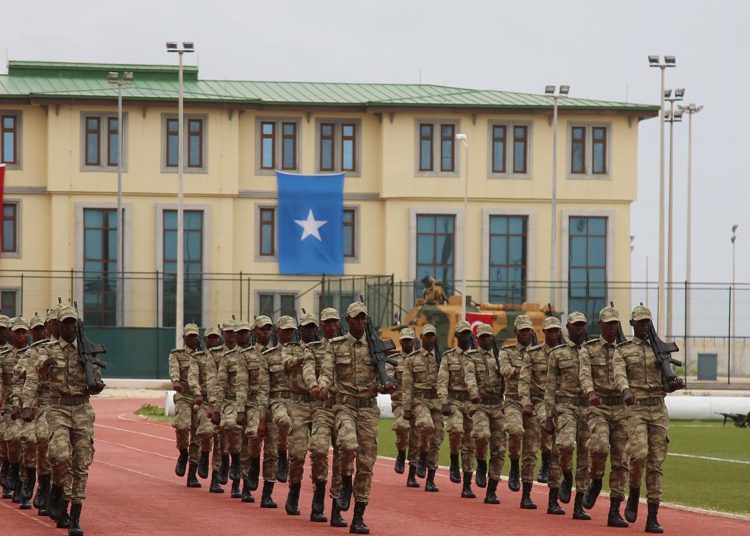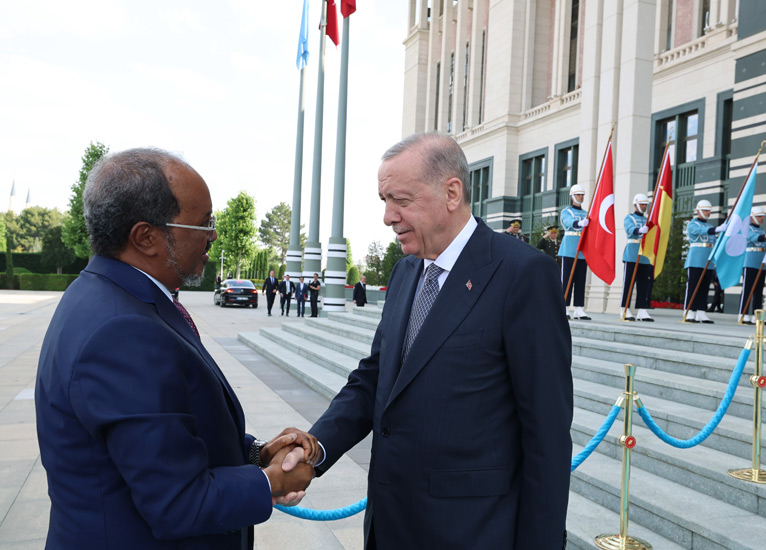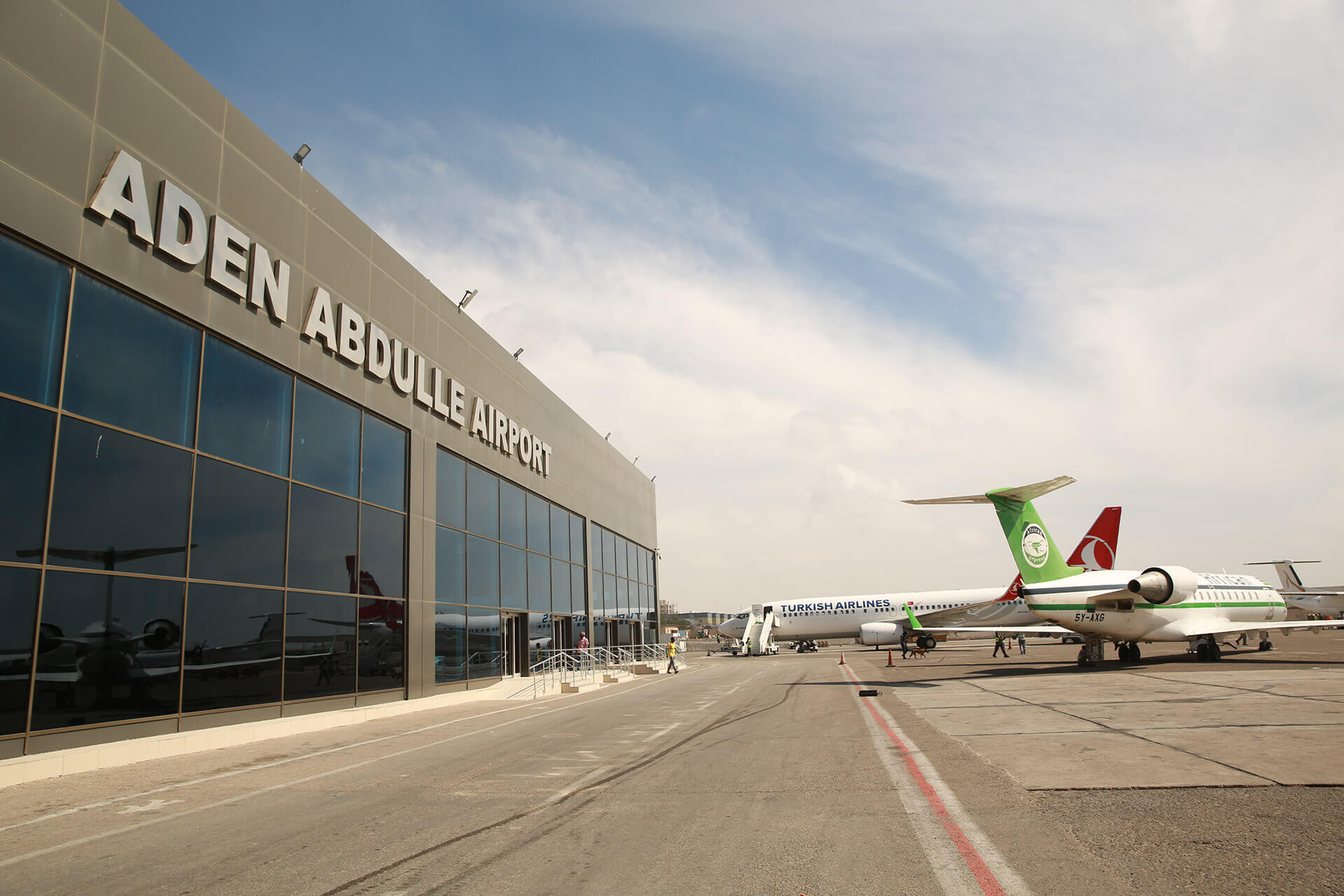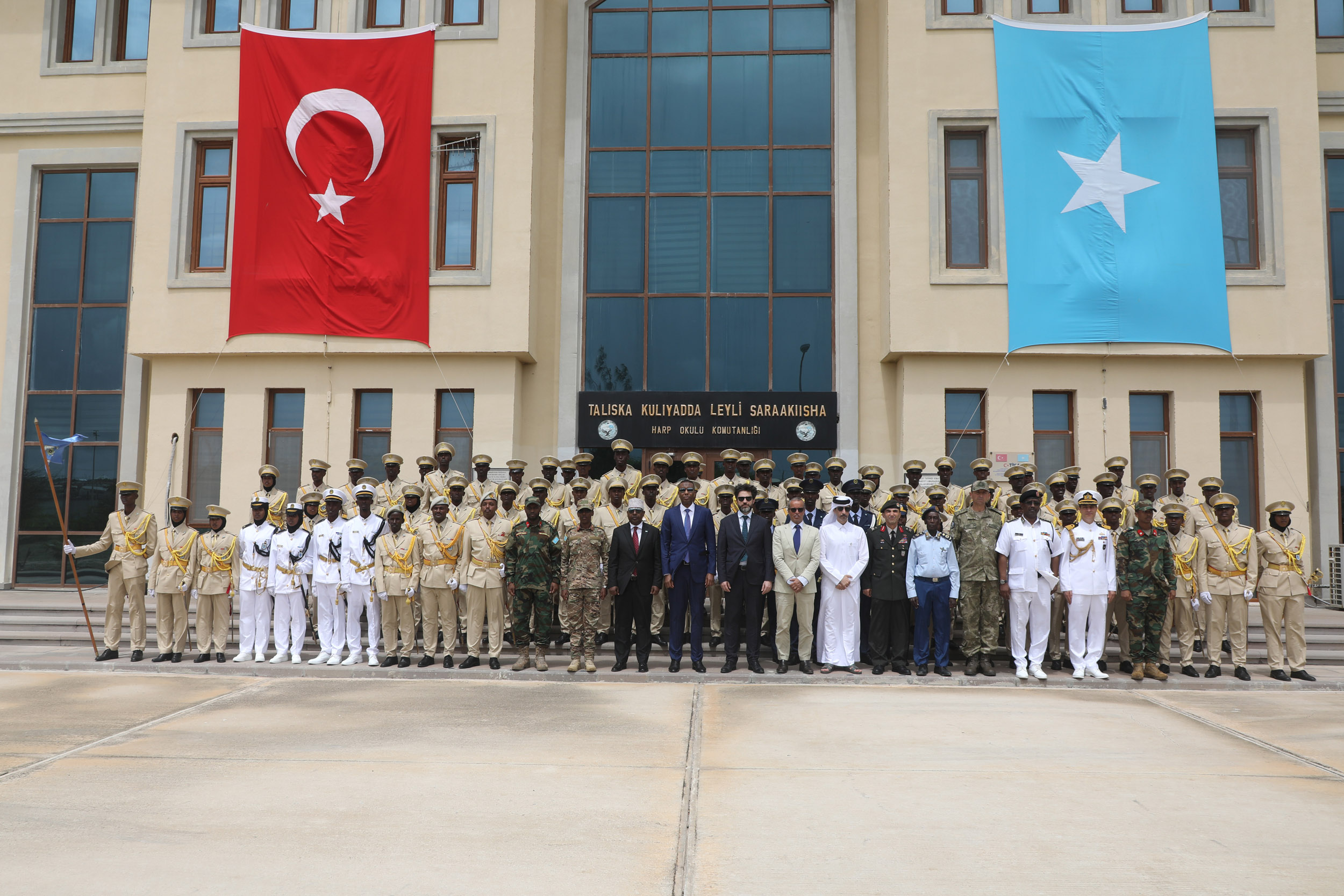Somalia Bets on Solar and Wind as Power Demand Grows
- Somalia has vast solar and wind potential but remains heavily reliant on diesel, with limited electricity access, especially in rural areas.
- International funding and government-backed renewable energy plans aim to expand clean power, lower costs, and support economic growth.
- Alongside renewables, Somalia is pursuing offshore oil and gas exploration with Turkey, signaling a dual-track energy strategy.
Somalia has lagged many other African countries when it comes to energy output, despite its strong potential for renewable energy production. Much of Somalia’s population still does not have access to electricity or clean cooking fuels. However, greater investment in the expansion of Somalia’s wind and solar power sectors, with support from strong regulatory frameworks, could help rapidly transform the country into a regional clean energy power.
Somalia has an installed capacity of approximately 400 MW, with roughly 300 MW coming from diesel and 100 MW from solar and wind power. Around 80 percent of Somalia’s urban population, and just 24 percent of its rural communities, have access to electricity, according to data from the World Bank. Meanwhile, roughly 80 percent of Somalia’s energy consumption for cooking still comes from biomass fuels, which leads to greater deforestation and biodiversity loss.
Somalia is considered to be a climate-vulnerable state, and developing its renewable energy sector is key to reducing environmental degradation and driving down poverty. Somalia has significant renewable energy potential, with solar irradiance averaging 5–7 kWh/m²/day. However, to develop its natural resources, the government must establish favourable policies and regulatory frameworks, as well as attract higher levels of private investment to the country’s energy sector.
The Somalian government’s National Transformation Plan (NTP) sets out ambitious clean energy targets, such as increasing electricity coverage from the current 69.1 percent to 80 percent and decreasing the disparity between urban and rural areas. In October, Somalia’s Federal Ministry of Energy and Water Resources, in collaboration with UNDP, held a two-day stakeholder engagement workshop in Mogadishu to validate and advance Somalia’s renewable energy roadmap.
Somalia’s State Minister for Energy and Water Resources, Mohamed Abdullahi Farah, also attended a key ministerial meeting of the International Solar Alliance in Accra, Ghana, in September to advance Somalia’s solar ambitions and foster greater regional collaboration.
In December, the African Development Fund approved a $23.36 million grant package to expand access to clean electricity in Bosaso, in north-eastern Somalia, to address chronic shortages and reduce electricity costs.
The Rehabilitation and Expansion of the Bosaso Power Grid project will be financed by the African Development Bank Group and the African Development Fund. It will include the development of new solar power generation capacity, the expansion of the distribution network, and the modernization of metering systems. It will also support the rollout of solar home systems for those who do not have access to the grid.
The Bank Group’s Lead Operations Advisor for Somalia, Bubacarr Sankareh, said that he expects the project to deliver transformative benefits. Sankareh explained, “This project will change lives in Bosaso for families and small businesses. It will make electricity cheaper, cleaner, and more reliable, and is also a major step toward a stronger and more resilient energy future for Somalia.”
Providing more stable access to electricity is expected to support economic growth by helping businesses operate more reliably. The project will also support short- and long-term job creation in the region, and is also expected decrease reliance on diesel, which will reduce emissions and support the country’s sustainability goals.
Other international institutions are also contributing to the expansion of Somalia’s renewable energy sector. In October, the European Union announced funds of $638.6 million for projects focused on modernising power grids, increasing access to renewable energy, and supporting clean energy projects in nine African countries, with Somalia set to receive $53.3 million to improve access to affordable renewable energy.
As several international institutions encourage Somalia to expand its renewable energy sector, the government also intends to exploit its fossil fuel reserves. In December, Turkish Energy and Natural Resources Minister Alparslan Bayraktar and Somali Petroleum and Mineral Resources Minister Dahir Shire Mohamed discussed the potential for cooperation in hydrocarbon exploitation activities in Somalia’s land and sea territory.
Bayraktar stated at the time, “We are building Türkiye-Somalia energy cooperation on solid foundations. As Türkiye, we view Somalia as one of our most important partners in Africa, and we believe that our cooperation in the hydrocarbon sector will hopefully open the doors to a new era in the near future.”
At the beginning of January, Bayraktar announced plans to launch oil and gas exploration activities off the coast of Somalia. The drilling vessel Cagri Bay is expected to arrive in Somali waters in February. The project will be carried out as part of a bilateral energy agreement signed between Turkey and Somalia in 2024, and the project will be Turkey’s first overseas deepwater oil and gas exploration venture. Full-scale drilling is expected to commence in 2026, according to Bayraktar, and will extend to onshore areas.
Despite having some of the lowest access to electricity in the world, Somalia has significant renewable energy potential. Developing its clean energy sector will require government support, in terms of policy and regulation, as well as high levels of private investment and expertise. Meanwhile, Somalia is collaborating with Turkey to explore its hydrocarbon potential.
By Felicity Bradstock for Oilprice.com

















